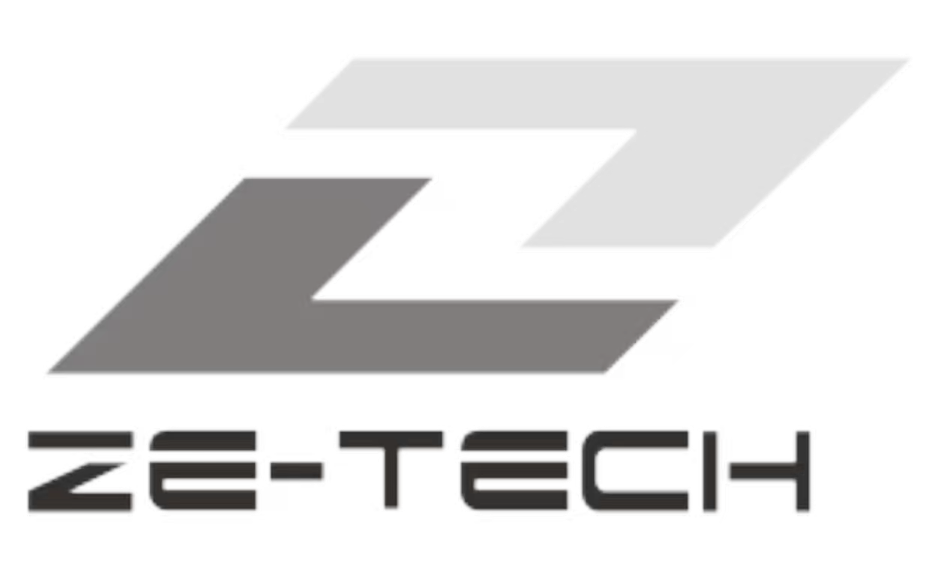Introduction
The manufacturing sector is undergoing a profound transformation driven by Industry 4.0 technologies. At the core of this shift lies the Smart Factory concept, where advanced technologies such as CNC machining, additive manufacturing (3D printing), and robotics seamlessly integrate to create highly efficient, data-driven production systems.
Smart factories represent the convergence of automation, digitalization, and intelligence, enabling manufacturers to achieve new levels of flexibility, efficiency, and customization.
What Defines a Smart Factory?
A Smart Factory is characterized by its ability to self-optimize performance, predict failures, and adapt to changing conditions in real time. This is achieved through:
- IoT Connectivity: Real-time data exchange between machines, sensors, and control systems.
- Automation & Robotics: Automated processes that reduce human error and increase throughput.
- Advanced Analytics: AI and machine learning that transform raw data into actionable insights.
- Cyber-Physical Systems: Digital twins and simulation tools linking the virtual and physical worlds.
Integrating CNC, 3D Printing, and Robotics
CNC Machining in Smart Factories
- Provides high-precision subtractive manufacturing for metal and plastic parts.
- Ideal for critical components requiring tight tolerances.
- Integration with IoT enables predictive maintenance and real-time process optimization.
3D Printing in Smart Factories
- Adds design freedom and rapid prototyping capabilities.
- Allows on-demand production of complex geometries.
- Reduces inventory needs by enabling digital spare parts.
Robotics in Smart Factories
- Delivers automation in material handling, assembly, and inspection.
- Improves worker safety by taking over hazardous tasks.
- Collaborative robots (cobots) work alongside humans for hybrid workflows.

Benefits of Integration
| Benefit | CNC Machining | 3D Printing | Robotics |
|---|---|---|---|
| Precision & Accuracy | High tolerance, reliable repeatability | Complex geometries, moderate tolerances | Automated, repeatable operations |
| Production Flexibility | Limited design flexibility | Excellent for customization | Flexible deployment across tasks |
| Lead Time Reduction | Moderate (setup required) | Very short for prototypes | Shortens cycle times in assembly/handling |
| Cost Efficiency | Costly for low-volume runs | Lower tooling costs, less waste | Reduces labor costs, increases efficiency |
| Scalability | Highly scalable with tooling investment | Better for small-to-medium production | Easily scaled with additional units |
Real-World Applications
- Automotive Industry – Combining CNC for engine blocks, 3D printing for lightweight components, and robotics for automated assembly.
- Aerospace – Using 3D printing for complex geometries, CNC for precision-critical parts, and robotics for inspection.
- Medical Devices – CNC for implants, 3D printing for patient-specific prosthetics, and robotics for sterile handling.
- Electronics – Smart PCB assembly lines integrating robotic arms with CNC-based milling and additive manufacturing for enclosures.
Challenges of Smart Factory Integration
- High Initial Investment – Significant costs in IoT infrastructure, robotics, and machine upgrades.
- Data Security Risks – Increased cyber-attack vulnerabilities due to interconnected systems.
- Skills Gap – Need for engineers trained in cross-disciplinary domains (mechanical, digital, and AI).
- Interoperability – Ensuring compatibility between legacy systems and modern Industry 4.0 platforms.
Future Outlook
Smart factories will continue to evolve with AI-driven decision-making, digital twins, and real-time adaptive manufacturing. Companies embracing this integration will see shorter time-to-market, reduced costs, and superior product quality.
The combination of CNC machining, 3D printing, and robotics is not replacing traditional manufacturing—it is reshaping it into a more intelligent, adaptive, and sustainable ecosystem.
Conclusion
The future of manufacturing belongs to Smart Factories powered by Industry 4.0. By integrating CNC, 3D printing, and robotics, businesses can achieve unprecedented levels of efficiency, customization, and resilience.
Those who invest early in digital transformation will be at the forefront of the next industrial revolution.
What We Offer at Ze-tech Mold
At Ze-tech Mold, we provide end-to-end manufacturing services, including:
- CNC Machining & Turning
- 3D printing prototype
- sheet metal fabrication
- silicone vacuum casting
- Rapid Injection molding
- surface treatments
- PCB & PCBA
Whether you’re looking for precision CNC parts or custom prototypes, we provide tailored solutions for both low-volume and large-scale production. Get in touch with us today to discuss your project and see how we can bring your ideas to life.
